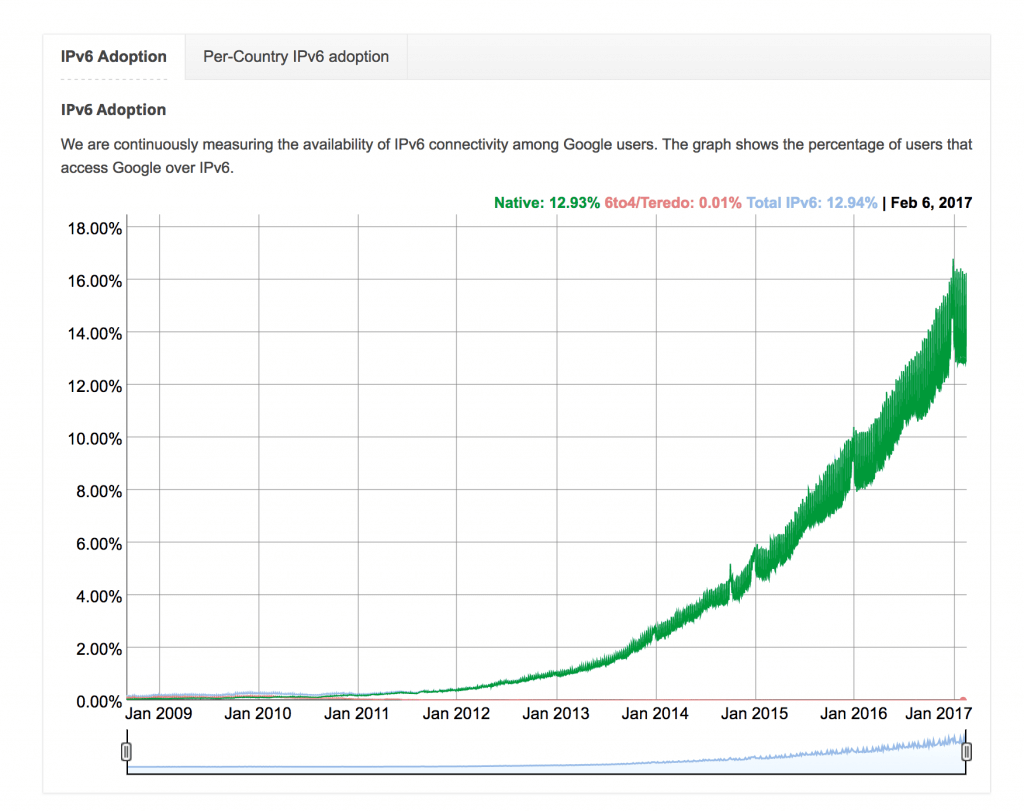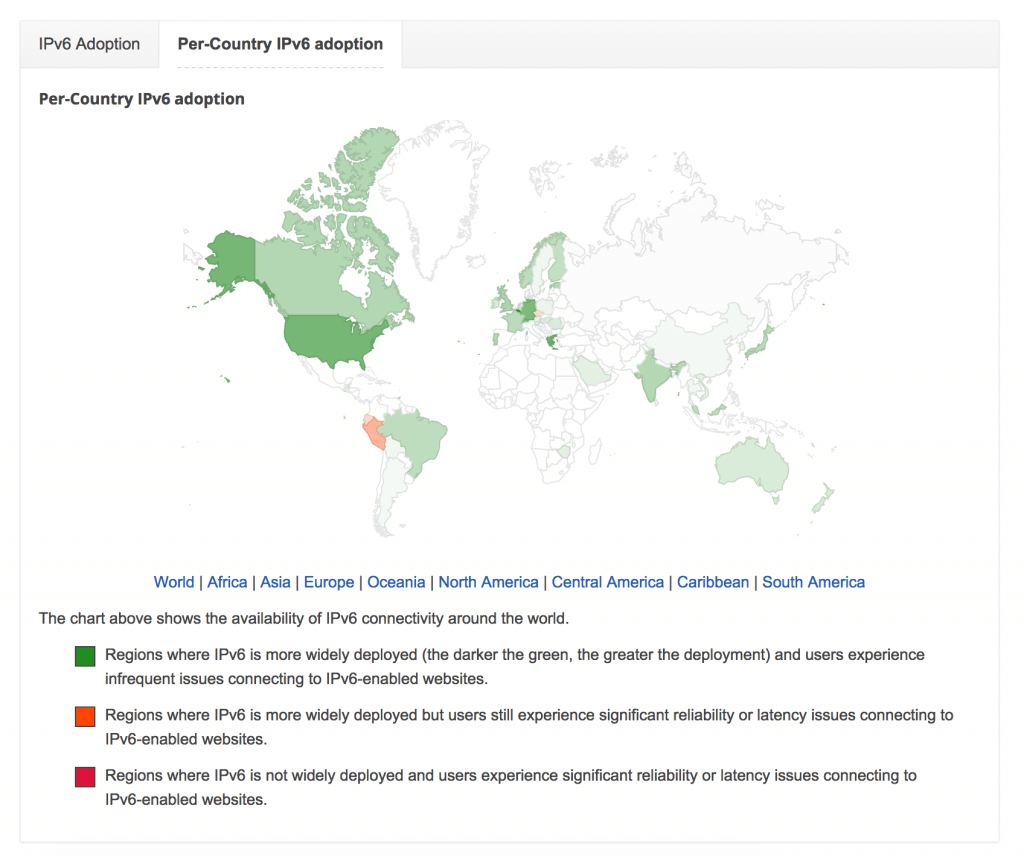Bash, the quarter century old shell utility on almost all popular unix based systems, is found to be vulnerable. The exploit works by injecting specially crafted values into an environment variable and using it to invoke a shell command. Once the exploit gets to that level, there is hardly any limit on what can be executed as part of the shell command.
The problem gets worse for the fact that many of the day to day usages of the network facing services have potential to use bash internally. For example, CGI scripts on web servers, convenience utilities offered by network routers and any other limited command execution tools might be the key vulnerability public and guest access private networks. Mitre warns that sshd with ForceCommand is a potential attack vector.
The bug is being termed as Shellshock bug or bash bug. RedHat’s security blog article is one of the earliest articles that discussed the Shellshock bug in detail. Robert Graham of Errata Security is the best known tracker of the issue and has ongoing observations and comments on his blog/twitter account.
Here is how you can check if the current bash is vulnerable on your system. If it prints vulnerable on the first line, then patch your bash package.
$ env x='() { :;}; echo vulnerable' bash -c "echo test completed"
vulnerable
test completed
For web servers, here is the test suggested:
$ curl -i -X HEAD "http://sometestdomainhere.com/" -A '() { :;}; echo "Warning: Server Vulnerable"'
The output looks somewhat like the following listing. If it contains “Warning” text, then it is highly likely that the web server’s bash is (and cgi’s based on bash are) vulnerable. This test doesn’t assure that the system is not vulnerable. You may still have other CGIs run with bash that are vulnerable.
HTTP/1.1 200 OK
Date: Fri, 26 Sep 2014 02:51:52 GMT
Server: Apache
X-Powered-By: PHP/5.4.32
X-Pingback: http://sometestdomainhere.com/xmlrpc.php
Link: <http://sometestdomainhere.com/?p=14>; rel=shortlink
Content-Type: text/html; charset=UTF-8
Since the Shellshock bug existed for quite a while, all versions of bash that are currently out there in active usage are likely to be vulnerable. Patching some of these devices might be trivial, but there still might be several other devices that are hard to patch.
- Servers that run services like web/ftp might be vulnerable if the CGI scripts end up using bash. Invoking bash from PHP code is considered not vulnerable, unless there are ways to circumvent input parameter validations of the PHP code. The RedHat article mentioned above has links to instructions on how to fix this on RedHat variants of linux. For Ubuntu, this is a good thread to follow.
- Desktops that use network facing services like DHCP over wireless and sshd are vulnerable as long as these services internally use bash commands or bash as the shell for the session. There are still discussions on whether Mac OS X DHCP is vulnerable or not, because Apple modified its DHCP and claims that the DHCP utilities don’t use bash internally. Mac OS X branched version 3 of bash and does its own updates to the shell. There are instructions on how to patch OS X, tailored more for unix admins (and requires xcode) than normal users.
- There are some suggestions on renaming bash to a different name, but that might break more things than fixing them. Use this technique with utmost caution.
- Â Beyond Desktops and Servers, devices like internet routers may have vulnerabilities due to utilities and services they offer. For these devices, waiting for vendor released patches is the best option, but explore the possibility of turning off these convenience utilities.
Errata Security also has notes on wormable nature of the Shellshock bug. So patch your bash package as early as you can.


